The COVID-19 pandemic has further lowered the ability of low-income and minority students in South Dakota, including Native Americans, to enroll in college, obtain a degree and gain the lifelong financial and upward mobility benefits that come with higher education.
Education experts in South Dakota and around the country are increasingly worried that the COVID-19 pandemic has further expanded the long-standing educational achievement gap in which higher-income and white students do significantly better on standardized tests and in gaining access to higher education than students from lower-income and minority families.
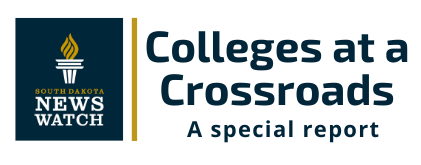
Katharine Stevens, a researcher with the American Enterprise Institute, called the pandemic “a catastrophe on top of a catastrophe” because learning losses, technology barriers and reduced access to education have been far greater among low-income and minority students at all age levels in America in 2020.
In 2017, only 9% of minority high school graduates from first-generation college families were considered ready for college, a percentage she expects will drop even further in 2020. Greater numbers of low-income and minority students in the K-12 system were never reached by teachers when schools went to virtual learning during the pandemic. Those learning losses will result in a lack of college readiness when those students leave high school.
“It’s been a devastating impact of COVID on America’s most vulnerable kids,” Stevens said during a webinar in December.
Other studies have shown that the pandemic has placed a much greater financial burden on low-income and minority families, many of whom rely on the restaurant, service and non-professional industries that have been hit hardest by job losses in the pandemic.
In South Dakota, that has translated to a decrease in the number of those students who were able to afford college in the fall.
Black Hills State University President Laurie Nichols said her team drilled down on data about where enrollment fell in the fall semester and found that the vast majority of losses were in lower-income and minority populations, including Native Americans.
“The students that are falling through the cracks with covid are first-generation and low-income students and that was absolutely 100% true at BH,” she said.
Nichols said she worries about potential long-term implications of a growing gap in access to higher education among marginalized populations.
“It concerns me a lot but it should be a larger concern for our state because education is such a wonderful way to raise the status of individuals economically,” she said. “You wonder if in fact this upward mobility we’ve been really working hard on, to elevate the whole economic situation in our state, if we’re actually losing ground, and I suspect this year we did lose some ground there.”
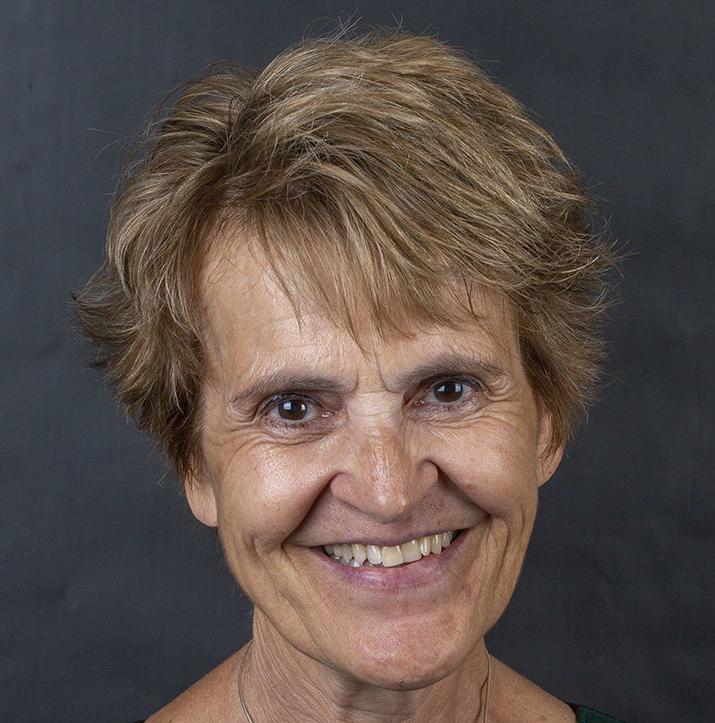
"The students that are falling through the cracks with covid are first-generation and low-income students ... you wonder if in fact this upward mobility we’ve been really working hard on, to elevate the whole economic situation in our state, if we’re actually losing ground." -- Laurie Nichols, president of Black Hills State University
Researchers have raised several serious concerns about how the pandemic has widened the achievement gap in the K-12 system. In late April, several weeks after schools closed and shifted to online learning due to COVID-19, the Rapid City Area Schools reported that a quarter of students, many in at-risk populations, had not been contacted in any way by teachers or administrators.
The so-called “learning loss” typically associated with the summer break in K-12 education has been exacerbated by the pandemic in low-income and minority populations, according to Bryan Hancock, an analyst with the McKinsey & Co. research group.
Hancock said new research shows that learning loss during the pandemic school shutdowns was the equivalent to one to three months of additional learning loss for white students and the equivalent of three to five months of additional loss for students of color.
Results from the 2019 National Assessment of Education Progress test showed that four of five low-income students in grades 4, 8 and 12 were below proficient in reading, a subject considered a bedrock to overall learning. Other recent research showed that only 28% of high-poverty students have access to reliable internet at home compared to 82% of low-poverty students.
The learning challenges resulting from the pandemic have affected both prospective and existing college students, said Brian Maher, executive director of the Board of Regents who recently served as superintendent of the Sioux Falls schools.
Maher said that when the pandemic struck, public K-12 schools had to take extra steps to help the most vulnerable students and families say focused on learning after a sudden shift to online teaching.
“The families that had the most disruption as the result of online learning were our neediest families, our families who were struggling the most from a socio-ecomomc standpoint,” Maher said. “We bent over backwards to give them technology and access, and oh, by the way, we also had to make sure they had food.”
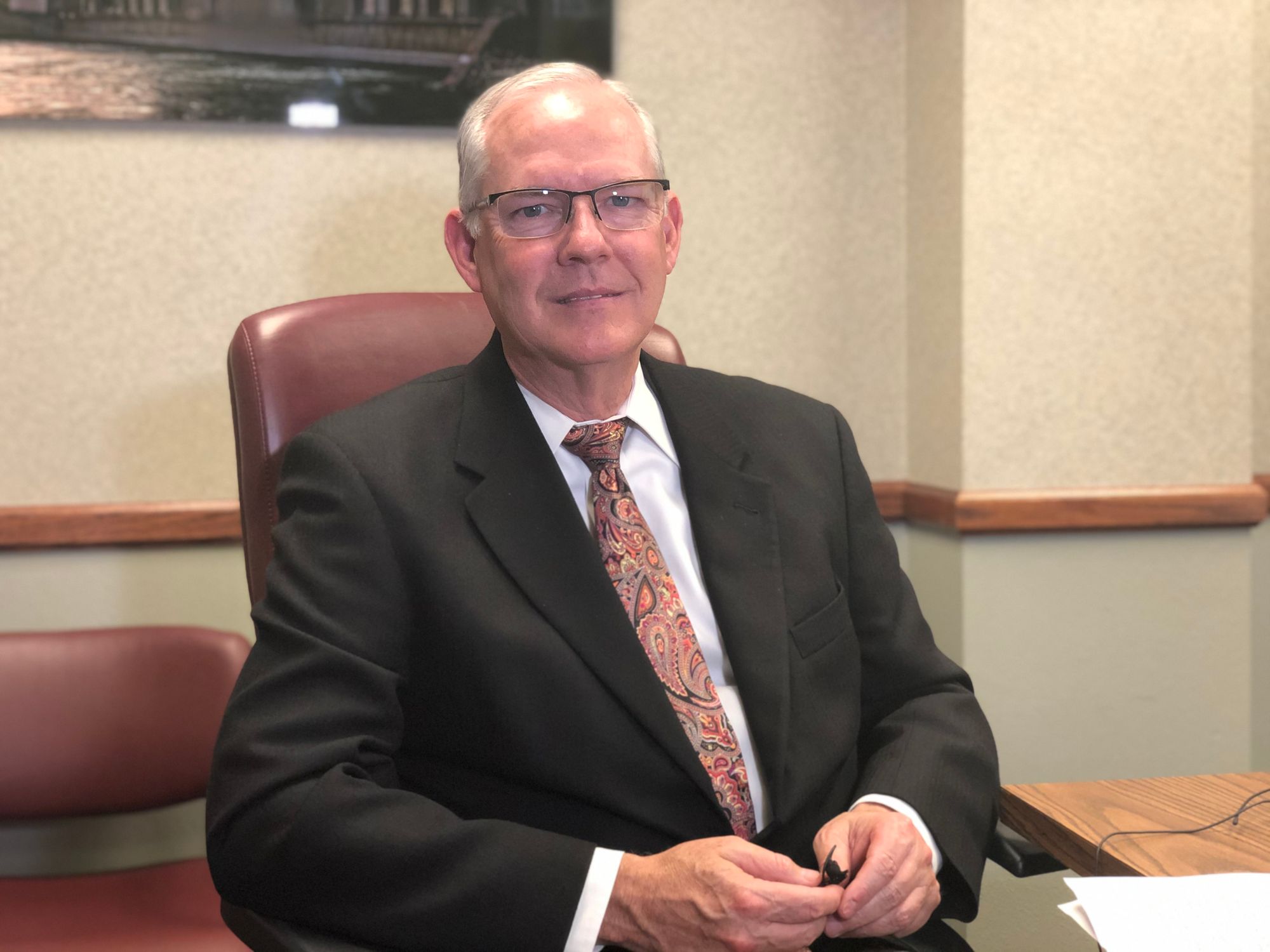
“We’ve very concerned about the difficulties that K-12 schools across the nation and here in South Dakota have faced with learning in a very disruptive enforcement,” said Dunn. “Those children will be behind and need to catch up and we will see, I believe, for several years to come an increase in the need for remedial math, remedial English and other basic concepts that have suffered as far as learning and achievement.”
The requirement to pay for and pass remedial classes in a college setting creates more barriers to higher education that may be even more daunting for low-income and minority students who lack economic resources and may be prone to stigmatization. Prior to the pandemic, about 30% of incoming freshman in South Dakota had to take remedial classes that cost about $1,000 and do not result in college credits. State data show that far fewer students who need remedial classes graduate with a degree than those who are ready for college.
Access to higher education is more challenging in South Dakota than in other states for a number of reasons. South Dakota is the only state in the nation that does not offer a needs-based scholarship to help low-income families pay for college.
Meanwhile, low-paying jobs dominate the workforce in South Dakota, which has the third-lowest average household income in the country. In 2017, according to the U.S. Department of Labor, 71% of employed South Dakota residents, nearly 300,000 people, made under $40,000 a year, and more than 20%, about 87,000 people, made less than $30,000 a year.
Ultimately, the rising cost of higher education and the further economic stresses placed on low-income and minority families may create a situation where a four-year degree becomes out of reach for many South Dakota families, said Joe Rainboth, enrollment director at BHSU.
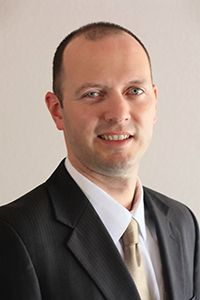
“It is concerning down the road; there’s definitely a disparity there that has the potential to grow larger in the future in terms of access and equity,” Rainboth said. “We may see an increasing ability to have, or have not, in education and that’s kind of scary to me.”
Sheila Gestring, president of the University of South Dakota, said she is hopeful the state will consider creating a needs-based scholarship program in the near future. Gestring said Pell Grants, a major federal scholarship program for low-income students, has become harder to get and less effective in covering the costs of obtaining a degree.
“The Pell Grant has not increased at the pace of cost increases; It just doesn’t cover enough,” Gestring said. “Students are seeing this gap grow and there’s an access challenge, so I really think it’s going to take an investment by our state to create needs-based financial aid in order to give these individuals opportunities, but also frankly to fuel the economy.”
Many colleges have developed programs to help students of color or great financial need either enroll in college or receive individual help once they arrive.
Augustana University in Sioux Falls created the Journey Scholars program to provide financial help and mentoring to attract and assist students of color. Such efforts will take on even greater importance in the near future, said Ben Iverson, enrollment director at the college.
“I do wonder whether that will increasingly be the case, choosing whether or not to go to college, for students and families as they’re impacted economically by the pandemic,” Iverson wrote to News Watch. “We know, of course, that first-generation and systemically non-dominant students have been disproportionately affected by the pandemic economically, so it will create even more barriers and challenges.”
Concerns of a widening access gap in higher education in the state are greatest in the Native American population, South Dakota’s largest minority group.
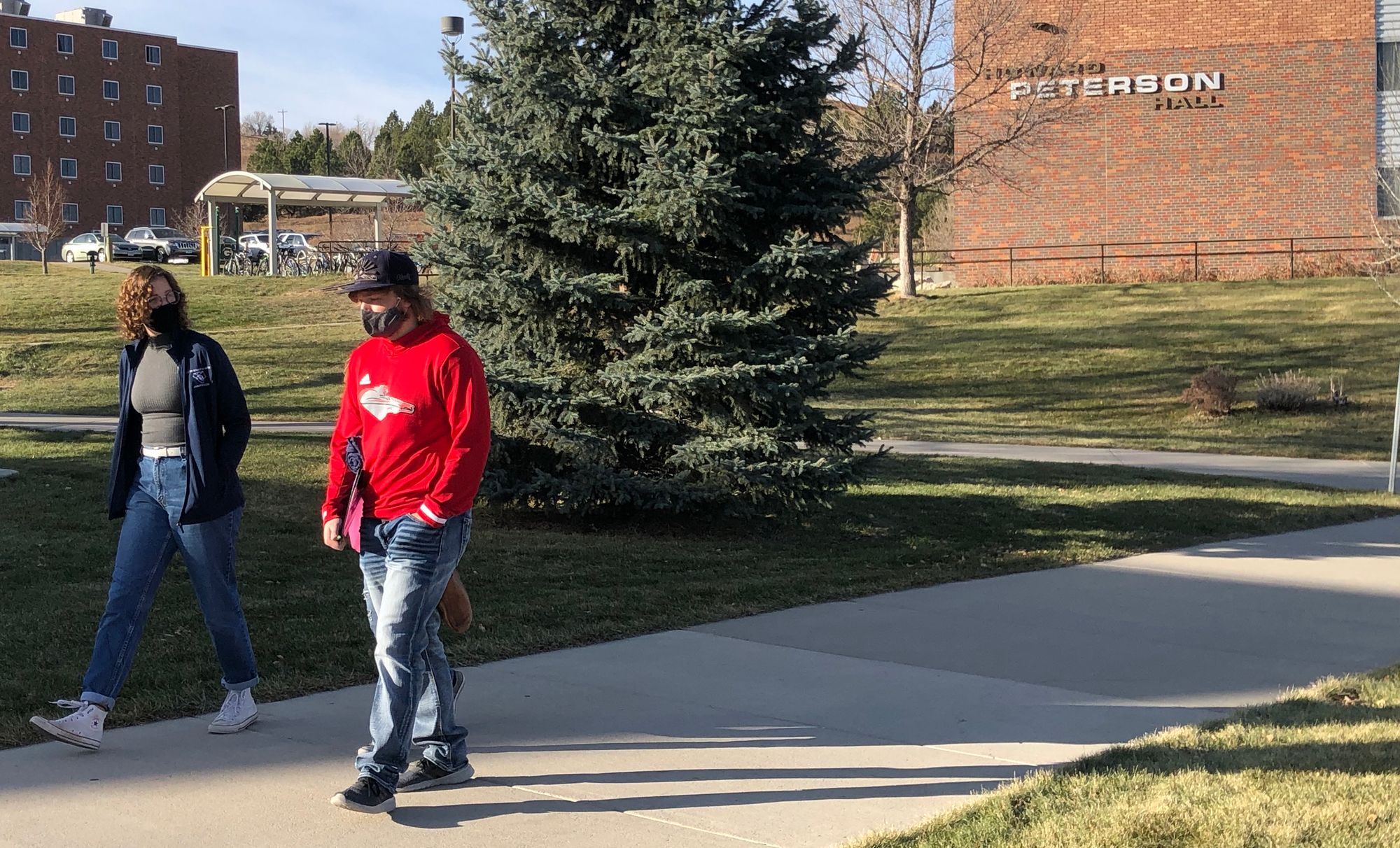
Access to a degree was limited for Native American students before the pandemic. Only 19% of Native Americans aged 18 to 24 were enrolled in college in 2019, compared to 41% of the overall U.S. population in that age group, according to the Postsecondary National Policy Institute. College enrollment among Native Americans decreased by 7% from 2017 to 2019.
Barriers to enrolling in college and obtaining a degree go beyond the significant financial challenges faced by Native American families in South Dakota, many of which are mired in generational poverty.
Logistical challenges related to transportation, computer ownership and internet accessibility are far greater in Native communities and make it harder for students to visit or attend colleges that are typically many miles from their homes, or to connect with online financial or education aid programs, Rainboth said.
The strong connection to community and family, and to the extended family known as “tiospaye,” can also inhibit Native students from pursuing higher education away from their homes, a situation that has only worsened amid the pandemic, said Megan Red Shirt-Shaw, director of the Native Student Services program at the University of South Dakota.
“That hold to community and that hold to family is very, very strong for Native students, and then coupling that with watching a global pandemic rage through Native communities has been tremendously difficult for our Native students,” Red Shirt-Shaw said. “So many already feel conflicted about putting their responsibilities to their communities on hold in order to go to college, and now that has become more critical because as they leave their communities, it could be the last time they see a relative.”
Red Shirt-Shaw, an enrolled member of the Oglala Sioux Tribe, is new to her position at USD but has focused on improving learning outcomes and access to education for Native Americans throughout her career. Along with the financial challenges and lack of availability of state financial aid, the lack of reliable internet access continues to make it difficult for Native students to take classes online, connect with college recruiters or even send or receive emails.
“We have students who if the wind blows in the wrong direction their internet gets knocked out, so how are they supposed to feel committed to school?” Red Shirt-Shaw said, adding that Native culture thrives on face-to-face connections and does not typically embrace online interaction.
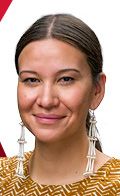
“We have students who if the wind blows in the wrong direction their internet gets knocked out, so how are they supposed to feel committed to school?” – Megan Red Shirt-Shaw, director of Native Student Services at the University of South Dakota
Native students also face barriers to obtaining financial aid that majority students do not, Red Shirt-Shaw said. Her research has shown that first-generation and low-income students, including many Native Americans, are denied or delayed financial assistance for minor paperwork or contractual issues at a far greater rate than other students.
For example, a Native student applying for a needs-based federal Pell Grant who has been raised by a grandparent may be asked to provide the tax forms of a legal guardian who is not part of the student’s life. Signing a financial aid contract can also be emotionally difficult for Natives who have an uneasy historical relationship with the federal government, she said.
But Red Shirt-Shaw is hopeful that the continuing strong efforts of school counselors and college enrollment officials will help more Native students obtain financial aid and and overcome new barriers to higher education created by the pandemic.
”This is survival,” she said. “We’re in survival mode, all of us, and I really want students to know that we care for them so much and just really want to serve as resources and support them.”
State officials are pushing for greater numbers of students overall to use the Free Application for Federal Student Aid, or FAFSA, process to improve their ability to afford college. At a recent joint meeting of the state Board of Regents, Board of Technical Education and Board of Education Standards, an expert testified that some states require all university applicants to complete the FAFSA process, an idea which received general support from South Dakota officials.




